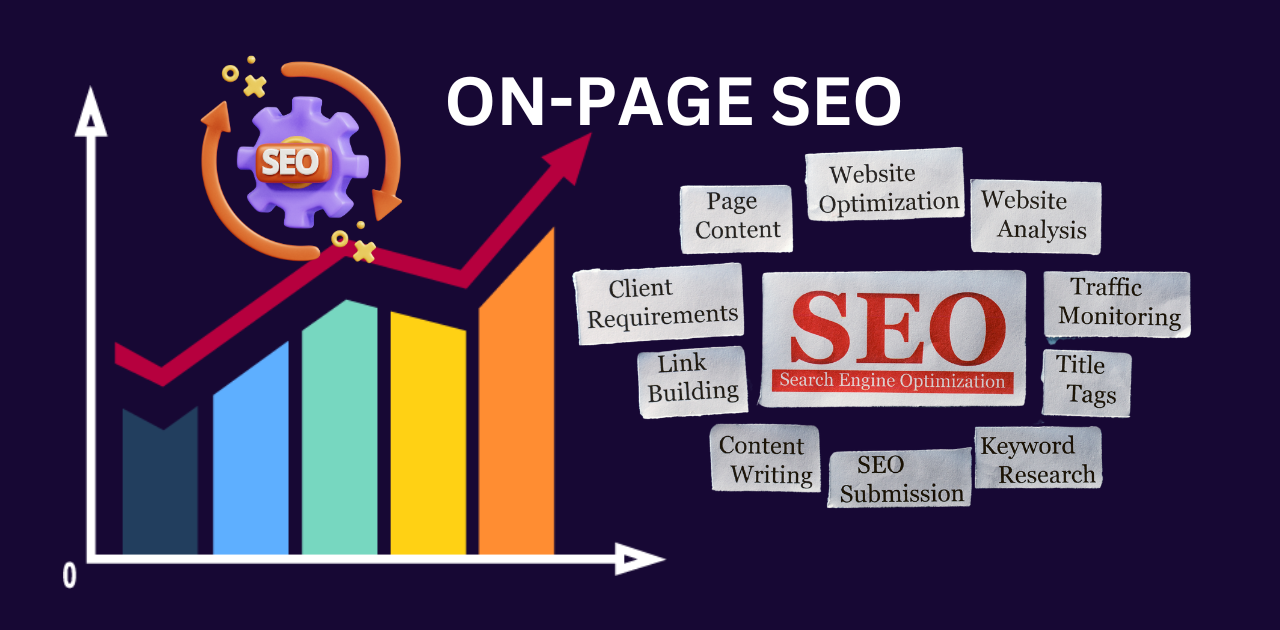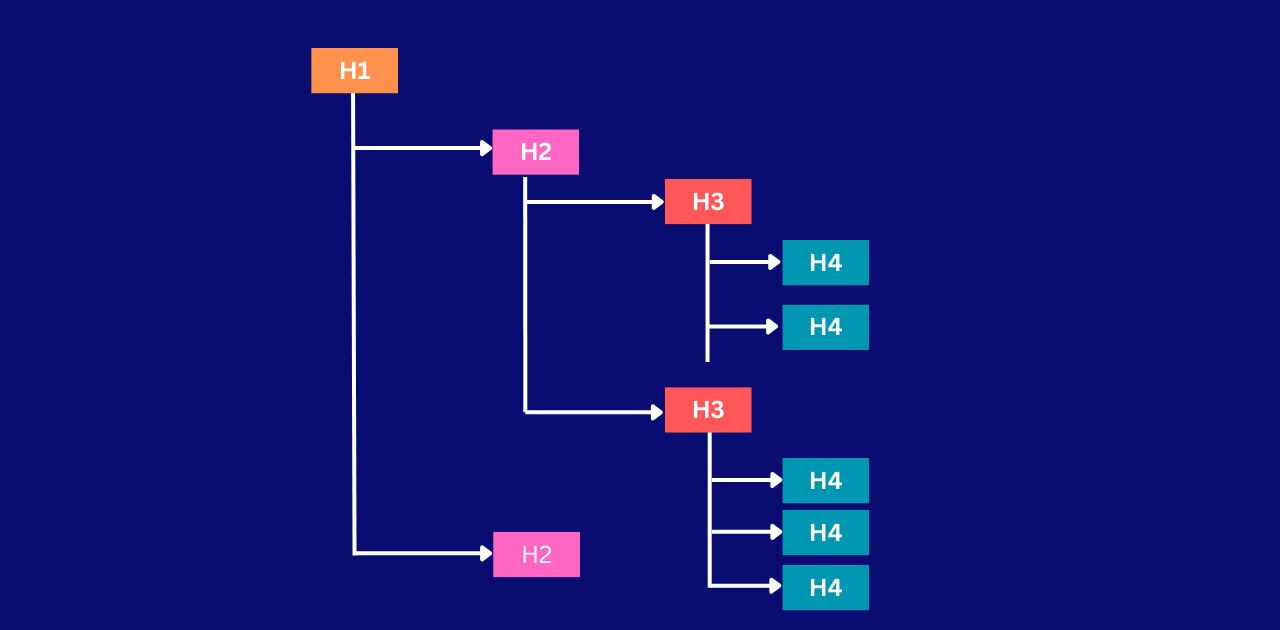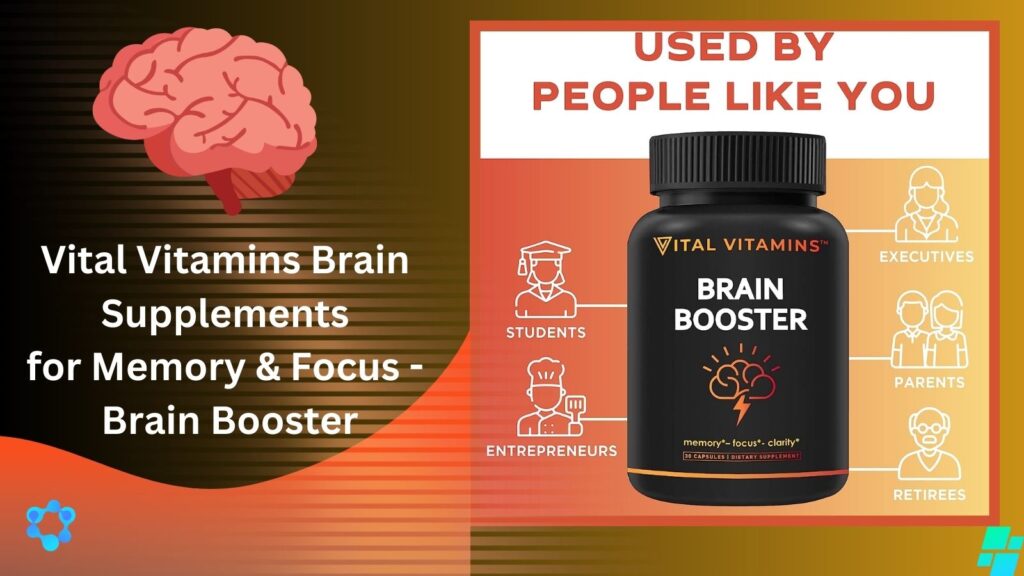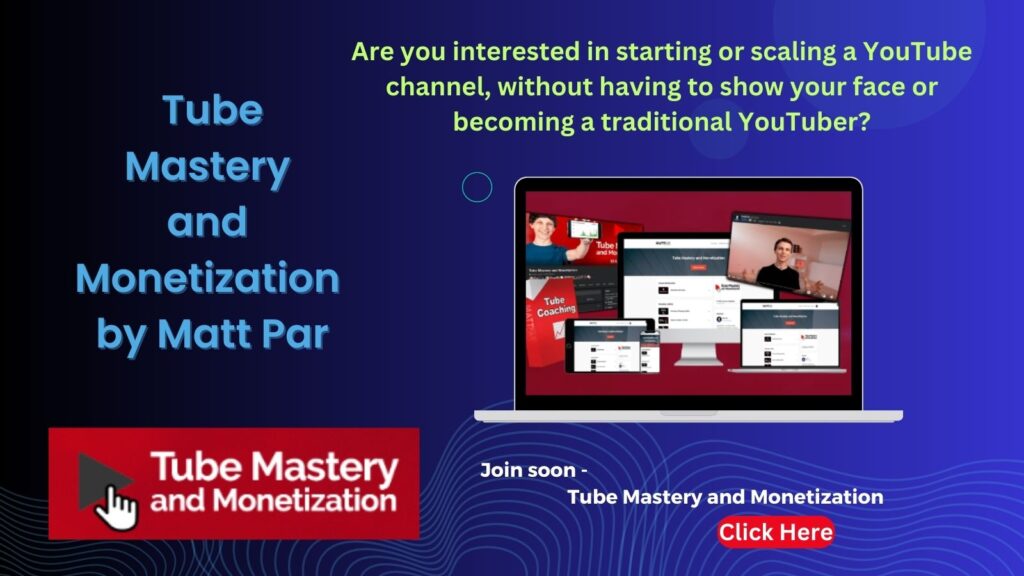12 Best On-Page SEO Technics:
The best on-page SEO techniques to boost your site’s ranking with Google’s latest algorithm updates. On-page SEO take the main role for ranking your site on any search engine.
Introduction to On-Page SEO
On-page SEO is all the skill functions by which a web page, website, etc. can be ranked in the online search engine and generate more sales to the business and service by bringing organic traffic. If you want to know details about on-page SEO, then this article is for you. All the steps of how to do an ideal and good quality SEO setup are discussed here.

1. Keyword Research and Optimization
1. Define your goals
Determine what you want to achieve with your keyword research (eg, increase traffic, improve conversions, reach a specific audience).
2. Brainstorm seed keywords
Start with broad topics related to your business or niche.
Think about the words your target audience might use when searching for your products or services
3. Use keyword research tools
Google Keyword Planner: Find keyword ideas and get search volume data.
SEMrush: Analyze competitors’ keywords and discover new opportunities.
Ahrefs: Explore keyword ideas, see their ranking difficulty, and find related keywords.
Ubersuggest: Generate keyword suggestions and analyze their performance.
4. Generate keyword ideas
Enter your seed keywords into the tool to generate a list of potential keywords.
Find related keywords, queries, and long-tail keywords.
5. Analyze search intent
Understand the purpose behind each keyword (informational, navigational, transactional, commercial).
Choose keywords that align with the purpose of your content and what users are looking for
6. Evaluate keyword metrics
Search Volume: Check the average number of searches per month for each keyword.
Competition: Assess how difficult it is to rank for each keyword.
CPC (Cost Per Click): If applicable, see Paid Search Advertising Costs for commercial pricing.
7. Select relevant keywords
Focus on the best keywords that have a good balance of search volume and competition in the world and local area where you want to rank.
Make sure keywords are highly relevant to your content and target audience.
8. Organize your keywords
Primary Keywords: The main focus of your content (eg, ‘on-page SEO’).
Secondary Keywords: Always search the related keyword that is Related to your primary keywords and support the primary keyword.
9. Optimize content with keywords
Title Tag: Include the primary keyword naturally in the title.
Headers (H1, H2, H3): Use primary keywords in H1 and secondary keywords in sub headers.
Body Text: Combine keywords naturally throughout the content.
Meta Description: Write a compelling meta description with primary keywords.
URLs: Create descriptive URLs containing primary keywords.
Image Alt Text: Use keyword-rich alt text for images.
10. Monitor and adjust
Use tools like Google Analytics and Google Search Console to track keyword performance.
Adjust your strategy based on performance data and evolving search trends.
Example: Keyword research for on-page SEO
Goal: Increase traffic to an on-page SEO guide.
Seed Keywords: On-Page SEO, SEO Strategies, SEO Tips.
Tools used: Google Keyword Planner, SEMrush, Ahrefs.
2. High-Quality Content Creation
Creating high-quality content is essential for effective on-page SEO and achieving top search engine rankings. High-quality content not only attracts readers but also aligns with Google’s algorithm, which prioritizes relevance and user experience. Start by researching your topic through various processes to provide valuable and accurate information with fits to primary keyword. Use authoritative sources and include data, statistics, and examples to enhance credibility.
Include your primary keyword, ‘on-page SEO’, naturally throughout the content. You use titles, headings, meta descriptions, and body text according to your main keywords. Avoid keyword stuffing, as it can negatively affect readability and lead to penalties. Instead, focus on delivering comprehensive and coherent content that addresses the needs and questions of your target audience.
Create your content with clear best headings and subheadings to improve readability and SEO in search engines. Use short paragraphs, bullet points, and visuals like images and infographics to break up text and keep readers engaged. Make sure your content is mobile-friendly as Google’s algorithm favors responsive design
Update and create your content regularly best to keep it current and relevant to update topics. Include internal and external links to improve content quality and improve on-page SEO. By following these practices, you can create high-quality content that not only attracts and retains visitors but also ranks well in search engines.
3. Meta Tags: Title and Description
Optimizing meta tags, especially titles and descriptions, is an important aspect of on-page SEO that can significantly impact your search engine rankings. The title tag is the first element that users and search engines see, so it must be catchy and include your primary keyword, ‘on-page SEO’. Aim for a title length of 50-60 characters so that it appears correctly in search results.
A well-defined title tag not only improves visibility but also increases click-through rates(CTR) on your site. Place the primary keyword at the beginning of the title for maximum impact. For example, “On-Page SEO: Essential Strategies for Better Rankings” effectively captures the keyword while offering a clear value proposition.
Meta description, although not a direct ranking factor, plays an important role in attracting clicks. It should be short, about 150-160 characters, and should include primary keywords. An engaging meta description provides a summary of the page’s content and encourages users to click through. Learn how to optimize your meta tags for better performance”. Research well and then use it.
Both meta tags should be unique for each page to avoid duplicate issues. By focusing on these elements, you improve your on-page SEO efforts, improve user experience, and increase your chances of higher search engine rankings.
4. Header Tags (H1, H2, H3)
Effective use of header tags (H1, H2, H3) is a fundamental aspect of on-page SEO that can improve your website’s search engine ranking. Title tags help structure your content, make it easier for search engines to understand and index your pages, and improve user experience.

The H1 tag is the most important header and should contain your primary keyword, ‘on-page SEO’. This signals the main content of your page to search engines. Each page should have only one H1 tag to maintain clarity and focus. For example, “Mastering On-Page SEO: Best Practices and Strategies” is an effective H1 tag that includes primary keywords and describes the content of the page.
H2 tags are used for subheadings and should also include secondary keywords related to your main topic. They divide content into manageable sections, improving readability and SEO. For example, “Why On-Page SEO is Important” or “Top On-Page SEO Techniques” are effective H2 tags that guide readers and search engines through the content.
H3 tags further organize content under H2 subheadings, providing additional detail and structure. For example, “Optimizing Meta Tags” or “Effective Keyword Placement” under an H2 subheading.
5. URL Structure
Optimizing your URL structure is an important component of on-page SEO that can significantly impact your search engine rankings. A search engine-friendly URL helps to understand the content of your pages and improves user experience about your site in search engines.
When creating URLs, keep them short, descriptive, and keyword-rich. Include your primary keyword, ‘on-page SEO’, to increase relevance and visibility. For example, a URL such as www.example.com/on-page-seo-tips indicates the content of the page and includes target keywords.
Avoid using special characters, numbers, or complex structures in your URL. Hyphens are preferred over underscores to separate words because search engines recognize hyphens as spaces, making your URLs more readable. For example, www.example.com/best-on-page-seo-practices is more effective than www.example.com/best_on_page_seo_practices.
URLs should be in lowercase letters to avoid potential problems with duplicate content. Consistency in your URL structure throughout your website is crucial, as it helps both users and search engines navigate your site more efficiently.
Additionally, make sure your URLs are static rather than dynamic. Static URLs are static, whereas dynamic URLs can change and include parameters that complicate indexing.
6. Internal Linking Strategy
An effective internal linking strategy is essential to optimizing your on-page SEO, as it improves both user experience and search engine crawlability. Internal links are hyperlinks that point to other pages on the same website, help distribute link equity and guide visitors to relevant content.
Start by identifying key pages on your website that provide the most value, such as cornerstone content or high-converting pages. Use your primary keyword, ‘on-page SEO’, in the anchor text of internal links to signal relevance to search engines. For example, linking to a page titled “Comprehensive Guide to On-Page SEO” with “Learn More About On-Page SEO Techniques” anchor text helps both users and search engines understand the importance of the content.
Strategically place internal links within your content to improve navigation and encourage users to explore more pages Aim for a natural flow; Avoid overloading your pages with too many links, which can reduce their effectiveness. Instead, focus on contextually relevant links that add value to the user experience.
Make sure your internal linking structure creates a logical hierarchy, linking your homepage and main category pages to subcategories and individual articles. Audit your internal links regularly to fix broken links and update outdated content.
By implementing a thoughtful internal linking strategy, you improve your on-page SEO, make your site easier for search engines to index, and align with Google’s algorithm for better rankings for users to find valuable information.
7. Image Optimization
Image optimization is an important aspect of on-page SEO that can increase your website’s performance and search engine rankings. Properly optimized images improve load times, user experience, and search engine visibility.
Start by using high-quality, relevant images that add value to your content. Must Compress images to reduce file size, but without compromising for top quality. Tools like TinyPNG or ImageOptim can help achieve this, ensuring fast page load times, a key factor in Google’s ranking algorithm.
Rename image files with descriptive, keyword-rich names before uploading them. For example, use “on-page-seo-strategies.jpg” instead of “IMG_1234.jpg”. This practice helps search engines understand image content and improves your on-page SEO.
Use alt text to describe your image. Alt text should be short, descriptive and include your primary keyword, ‘on-page SEO’. For example, “Alt Text: Diagram Showing Effective On-Page SEO Strategies.” This not only helps search engines index your images but also improves accessibility for visually impaired users.
Incorporate images naturally into your content, making sure they support and enhance the text Additionally, use responsive images to ensure they display correctly on all devices, further improving the user experience
8. Mobile-Friendly Design
Ensuring a mobile-friendly design is an important component of on-page SEO that can significantly impact your website’s search engine rankings. With the increasing number of users accessing websites through mobile devices, Google prioritizes mobile-friendly sites in its search results
A responsive design is the foundation of a mobile-friendly website. It allows your site to adapt to different screen sizes and devices, providing an optimal viewing experience. It involves using flexible grids, fluid images, and CSS media queries. By doing this, you can improve user experience and reduce bounce rates, which are important factors in Google’s ranking algorithm.
Loading speed is another important aspect. Mobile users expect fast load times, so optimize images, leverage browser caching, and minimize JavaScript to ensure fast page loads. Tools like Google’s PageSpeed Insights, etc. can help you to identify areas for improvement required process.
Simplify menus and use larger buttons to make it easier for users to interact with your site. Make sure all on-page SEO elements, such as title tags, meta descriptions, and titles, are optimized for mobile viewing.
Regularly test your site using Google’s mobile-friendly test to ensure it meets mobile usability standards. By prioritizing a mobile-friendly design, you increase your on-page SEO, improve user satisfaction, and increase your chances of ranking higher in search engine results.
9. Page Load Speed
Optimizing page load speed is an important component of on-page SEO that can greatly improve your website’s search engine rankings and user experience. Fast-loading pages not only keeps visitors engaged but also aligns with Google’s algorithm, which prioritizes site speed as a ranking factor.
Start by minimizing HTTP requests, as each request adds load time. Use asynchronous loading for CSS and JavaScript files so they load simultaneously, speeding up overall page load times.
Compress and optimize images without compromising quality Tools like TinyPNG or ImageOptim can significantly reduce image file sizes. Additionally, use modern image formats like WebP, which offer higher compression and quality than traditional formats.
Take advantage of browser caching to store static resources locally on users’ devices. This reduces load time for returning visitors. Enable compression using tools like Gzip to reduce the size of HTML, CSS, and JavaScript files.
Choose a reliable hosting provider and consider using a Content Delivery Network (CDN) to distribute your content globally to minimize latency. Test your website speed regularly using tools like Google PageSpeed Insights to identify and fix performance issues.
10. User Experience (UX)
Enhancing User Experience (UX) is an important aspect of on-page SEO that significantly affects your website’s search engine ranking and user engagement. A well-designed UX not only keeps visitors on your site longer but signals to Google that your content is valuable and relevant.
Content layout plays an important role in UX. Break up text with headings, subheadings, bullet points, and images to improve readability. Include your primary keyword, ‘on-page SEO’, naturally within these elements to improve SEO without compromising user experience.
Mobile responsiveness is another key factor. Since most users access websites through mobile devices, your site must be mobile-friendly. Use responsive design techniques to ensure your site looks and functions on all devices
Page load speed is critical to UX. Optimize images, use browser caching, and minify CSS and JavaScript to reduce load times. A fast site keeps users engaged and improves your search engine rankings.
11. Schema Markup
Applying schema markup is a powerful on-page SEO strategy that can significantly increase your website’s search engine visibility and user engagement. Schema markup, also known as structured data, helps search engines understand the context of your content, leading to improved search results like rich snippets.
Start by identifying key content types on your website, such as articles, products, events, and reviews. Use the appropriate schema vocabulary from Schema.org to identify these elements For example, if you have a blog post about ‘on-page SEO’, use the ‘Article’ schema to define its heading, author’s name, publication date, and many relevant details of your website.
Integrating schema markup into your HTML improves the way your pages appear in search results Rich snippets like star ratings, event dates, and product prices make your listings more attractive and clickable. These can improve your CTR(click-through rate) and gain a more organic audience for your site.
Google’s algorithm provides both transparency and relevance standards and schema markup. Use tools like Google’s Structured Data Markup Helper and Rich Results Test to ensure your markup is properly implemented and optimized.
Regularly update and refine your schema markup to align with new content and evolving SEO best practices. By using schema markup, you improve your on-page SEO, and make your website more accessible to search engines and more engaging for users, ultimately increasing your website rankings.
12. Social Media Integration
Integrating social media into your website is an important aspect of on-page SEO that can increase your online presence and improve search engine rankings. Social media signals, such as likes, shares and comments, indirectly affect SEO by driving traffic and increasing visibility.

Start by adding social media buttons to your content. These buttons make it easy for users to share your articles, blog posts, and other content on platforms like Facebook, Twitter, and LinkedIn. Place these buttons mainly near the title and at the end of the post to encourage sharing
Include Open Graph tags and Twitter cards in your HTML. These tags ensure that when your content is shared on social media, it appears with rich media elements such as images, titles, and descriptions. This increases the visual appeal of your links, increasing the likelihood of engagement and clicks.
Embed social media feeds on your website to keep your audience updated with your latest posts and interactions This not only keeps your content moving but also encourages users to follow your social media profiles.
Regularly update your social media profiles with links to your website content. Interesting posts with direct links back to your site can drive significant traffic, which is a positive signal for search engines.
On-page SEO checklist
| Category | Sub Category | category | Sub Category |
| 1. Content Quality and Relevance | -a) Create High-Quality Content,
b) Meet User Intent |
8. Mobile-Friendliness | a) Responsive Design b) Mobile Testing |
| 2. Keyword Optimization | a) Conduct Keyword Research,
b) Target Primary and Secondary Keywords |
9. Page Load Speed | a) Optimize Code b) Leverage Browser Caching c) Use a Content Delivery Network (CDN) |
| 3. Meta Tags | a)Title Tag Optimization
b) Meta Description |
10. User Experience (UX) | a) Easy Navigation b) Engaging Layout c) Reduce Bounce Rate |
| 4. Header Tags (H1, H2, H3) | a) H1 Tag, b) Subheadings (H2, H3) |
11. Schema Markup | a) Implement Structured Data b) Test Markup |
| 5. URL Structure | a) Descriptive URLs b) Avoid Special Characters |
12. Social Media Integration | a) Social Sharing Buttons b) Engage on Social Media |
| 6. Internal Linking | a) Strategic Internal Links b) Anchor Text Optimization |
13. Continuous Improvement | a) Monitor Performance b) Regular Updates c) Stay Informed |
| 7. Image Optimization | a) Descriptive File Names b) Alt Text c) Compress Images |
Conclusion:
In conclusion, mastering on-page SEO is essential to improve your website’s search engine ranking and drive organic traffic. By optimizing elements like meta tags, header tags, internal links, page load speed and mobile-friendly design, you create a user-friendly and search-engine-friendly site. Regularly updating your content and using schema markup improves your on-page SEO efforts. Consistently apply these best practices to stay ahead in the competitive digital landscape, ensuring your website achieves higher visibility and better engagement. Prioritizing on-page SEO is a strategic approach to your website’s long-term success.
FAQs:
What is on-page SEO?
On-page SEO refers to optimizing individual web pages to rank higher and earn more relevant traffic in search engines. It involves elements like content quality, keyword usage, meta tags, and internal links.
Why is on-page SEO important?
On-page SEO is crucial because it helps search engines understand your website's content, improving your chances of ranking higher in search results and attracting more organic traffic.
How do I optimize meta tags for on-page SEO?
To optimize meta tags, ensure your title tags are concise and include your primary keyword. Write compelling meta descriptions that summarize your content and incorporate relevant keywords.
What role do header tags play in on-page SEO?
Header tags (H1, H2, H3) help structure your content and make it easier for search engines to understand. Use them to highlight key sections and naturally include your primary and secondary keywords.
How does internal linking improve on-page SEO?
Internal linking helps distribute link equity across your site, making it easier for search engines to crawl and index your pages. It also enhances user navigation, keeping visitors engaged longer.
Why is page load speed important for on-page SEO?
Page load speed affects user experience and is a ranking factor in Google’s algorithm. Faster load times reduce bounce rates and improve user satisfaction, positively impacting your SEO.
How does mobile-friendly design influence on-page SEO?
A mobile-friendly design ensures your site is accessible and user-friendly on all devices. Google prioritizes mobile-friendly sites in search rankings, making it essential for on-page SEO success.
🔔 Stay Updated with Tech Terapias
Join our free newsletter and never miss AI tools, blogging tips & smart tech updates!





Pingback: 10 Best Steps Of Search Engine Optimization For YouTube - TECH TERAPIAS
Pingback: 10 Best Search Engine Optimization Technics - TECH TERAPIAS
Pingback: How AI Is Changing The Future Of Digital Marketing - TECH TERAPIAS
Pingback: How To Create The Best YouTube Channel In 2025 - TECH TERAPIAS
Pingback: How To Rank Your Business #1 By Google Map SEO - TECH TERAPIAS
Pingback: How To Write Blogs That 1st Rank On Google - TECH TERAPIAS
Pingback: Unlock Blog Traffic: The Smart Blogger’s Guide To High-Traffic Keywords - TECH TERAPIAS
Pingback: Boost Your Business With A Winning Local SEO Strategy In 2025 - TECH TERAPIAS